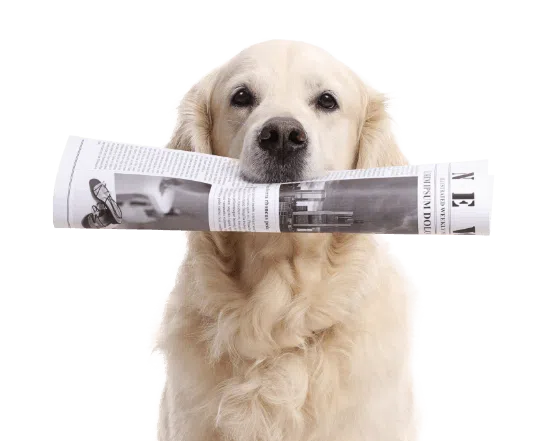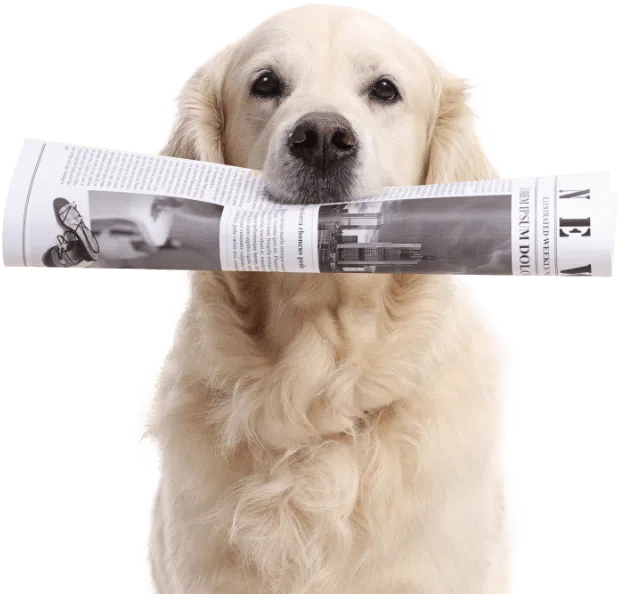With the advancement of technology, artificial intelligence (AI) is now playing an increasingly important role in veterinary radiology. From diagnosing bone fractures to detecting tumours, AI is transforming the way we approach animal healthcare. In this blog post, we’ll explore the impact of AI on veterinary radiology and its applications in the field. Join us as we take a closer look at this exciting development in animal healthcare.
What role does AI play in radiography?
In the field of veterinary medicine, AI is being used in radiography to enhance the accuracy and efficiency of image interpretation. By analyzing and interpreting images with advanced algorithms, AI can identify potential issues and areas of concern that may have been missed by the human eye. This can lead to more accurate diagnoses and better treatment options for animals.
What are the top 5 uses of artificial intelligence in radiology?
The top 5 applications of AI in radiology include image interpretation, automated measurements, anomaly detection, prediction modelling, and decision support systems. These applications can help veterinary radiologists make more informed decisions and provide better care for animals. For example, anomaly detection algorithms can help identify potential abnormalities in radiographic images that may be difficult to detect, while automated measurement tools can assist in determining the size and location of masses or other abnormalities.
What are the benefits of AI in radiology?
AI is important in radiology because it can save time, improve accuracy, and provide valuable insights into the health of animals. By automating routine tasks, it allows radiologists to focus on more complex cases and provide a higher level of care to their patients. This is particularly important in veterinary practice, where time and resources are often limited.
Moreover, AI improves image quality by reducing noise and improving contrast. This is particularly useful in veterinary radiology where animals may move during imaging, resulting in blurred or low-quality images. By using deep learning and neural networks, AI can learn from a vast amount of data to enhance images and make them easier to read and interpret, leading to a better and more accurate diagnosis.
Furthermore, AI works in imaging by using algorithms to analyze and interpret images. These algorithms are trained on vast amounts of data and can learn to recognize patterns and identify abnormalities that may be difficult for humans to detect. In veterinary radiology, this can be particularly useful in identifying subtle changes in images that may be indicative of underlying health issues in animals.
How precisely does AI function in radiology?
The accuracy of AI in radiology varies depending on the application and the quality of the data used to train the algorithm. However, studies have shown that AI can be highly accurate in detecting certain conditions and abnormalities. In veterinary practice, this can be particularly useful in detecting early-stage diseases or conditions that may be difficult to identify through traditional imaging methods.
Will AI eliminate radiologists?
While AI is an important tool in veterinary radiology, it is unlikely to replace radiographers entirely. Radiographers bring a unique perspective to the imaging process and are an integral part of the veterinary care team. They work alongside AI to provide the best possible care for animals, and this collaboration will likely continue to evolve as technology advances.
Is radiology headed for an AI future?
Finally, AI may be the future of radiology opines the Medical Futurist but it is important to remember that it is only a tool. Veterinary radiologists and radiographers will continue to play a crucial role in the imaging process, working alongside AI to provide the best possible care for animals. The collaboration between technology and human expertise is the key to delivering high-quality veterinary care.
About Asteris Keystone
The Asteris Keystone Software Suite enables veterinary practices across a wide range of specialties to utilize the benefits of PACS veterinary radiology software. This integrated suite of solutions delivers unmatched speeds, convenience, and security to your veterinarian practice. Want to transform the way you work? Get in touch with our team right away!
Book a Demo of Keystone Omni Now
Submit images directly through Asteris Keystone or via our free and simple Asteris Keystone Community application.
Blog
the latest Updates from Asteris
If you like this post you might like this
Subscribe to our newsletter
don't miss out the updates
from asteris
Sign up to our newsletter to stay in the loop.

